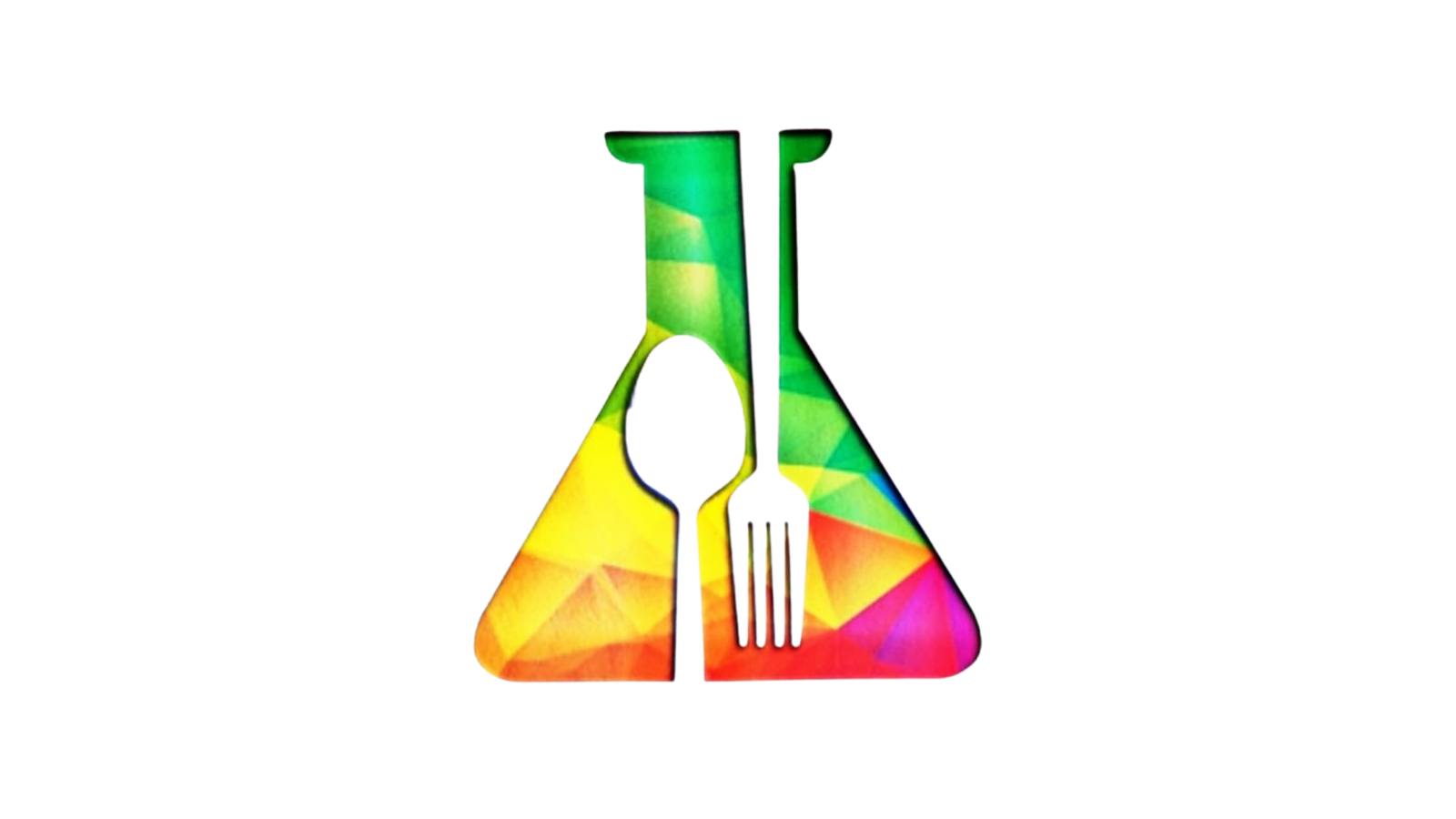Q. Standards of weights and measures act comes into force in ______________
- 1955
- 1954
- 1956
- 1995
Answer: c)
THE STANDARDS OF WEIGHTS AND MEASURES ACT, 1956, ACT NO. 89 OF 1956 [28th December. 1956]
An Act to establish standards of weights and measures based on the metric system BE it enacted by Parliament in the Seventh Year of the Republic of India as follows:-
Short title, extent and commencement
1. Short title, extent and commencement. (1) This Act may be called the Standards of Weights and Measures Act, 1956.
(2) It extends to the whole of India except the State of Jammu and kashmir.
(3) It shall come into force on such date, not being later than ten years from the passing of this Act, as the Central Government may, by notification in the Official Gazette, appoint; and different dates may be appointed for different provisions of this Act ‘or for different areas or for different classes of undertakings or for different classes of goods.
Q. Sodium free product should contain less ________________mg of sodium per serving
- 0.5
- 1
- 2
- 5
Answer: d)
According to FDA:
| Salt/Sodium-Free | Less than 5 mg of sodium per serving |
| Very Low Sodium | 35 mg of sodium or less per serving |
| Low Sodium | 140 mg of sodium or less per serving |
| Reduced Sodium | At least 25% less sodium than the regular product |
| Light in Sodium or Lightly Salted | At least 50% less sodium than the regular product |
| No-Salt-Added or Unsalted | No salt is added during processing – but these products may not be salt/sodium-free unless stated |
Q. Reduced sugar product should contain at least _______ % less sugar per serving than reference food
- 10
- 25
- 40
- 50
Answer: b)
| Sugars | At least 25% less sugars per RACC than an appropriate reference food (or, for meals and main dishes, at least 25% less sugars per 100 g). |
| Sodium | At least 25% less sodium per RACC than an appropriate reference food (or, for meals and main dishes, at least 25% less sodium per 100 g).Reference food may not be “low sodium.” |
Q. Low sodium product should contain less than _______ mg or less sodium per serving
- 50
- 100
- 140
- 200
Answer: c)
According to FDA:
| Salt/Sodium-Free | Less than 5 mg of sodium per serving |
| Very Low Sodium | 35 mg of sodium or less per serving |
| Low Sodium | 140 mg of sodium or less per serving |
| Reduced Sodium | At least 25% less sodium than the regular product |
| Light in Sodium or Lightly Salted | At least 50% less sodium than the regular product |
| No-Salt-Added or Unsalted | No salt is added during processing – but these products may not be salt/sodium-free unless stated |
Q. ISO stands for
- Indian Standards Organization
- International Standards Organization
- International Organisations for standardisation
- None of these
Answer: c)
The International Organization for Standardization is an independent and non-governmental organization that develops the standards to ensure the efficiency, safety, and quality of products, services, and systems. The standards include requirements, specifications, guidelines, or characteristics that can be applied consistently within an industry.
🔊 Be Aware, We never charge any consultancy fee for jobs.
📲 Foodtech Network WhatsApp Jobs Group
🔗 https://bit.ly/3wOWtdT
🖥 Food Safety Training programs
🔗 https://bit.ly/3fbjKRz
📈 Food Entrepreneurs & Startups (Our services)
🔗 https://bit.ly/3JDyPIN







Comments